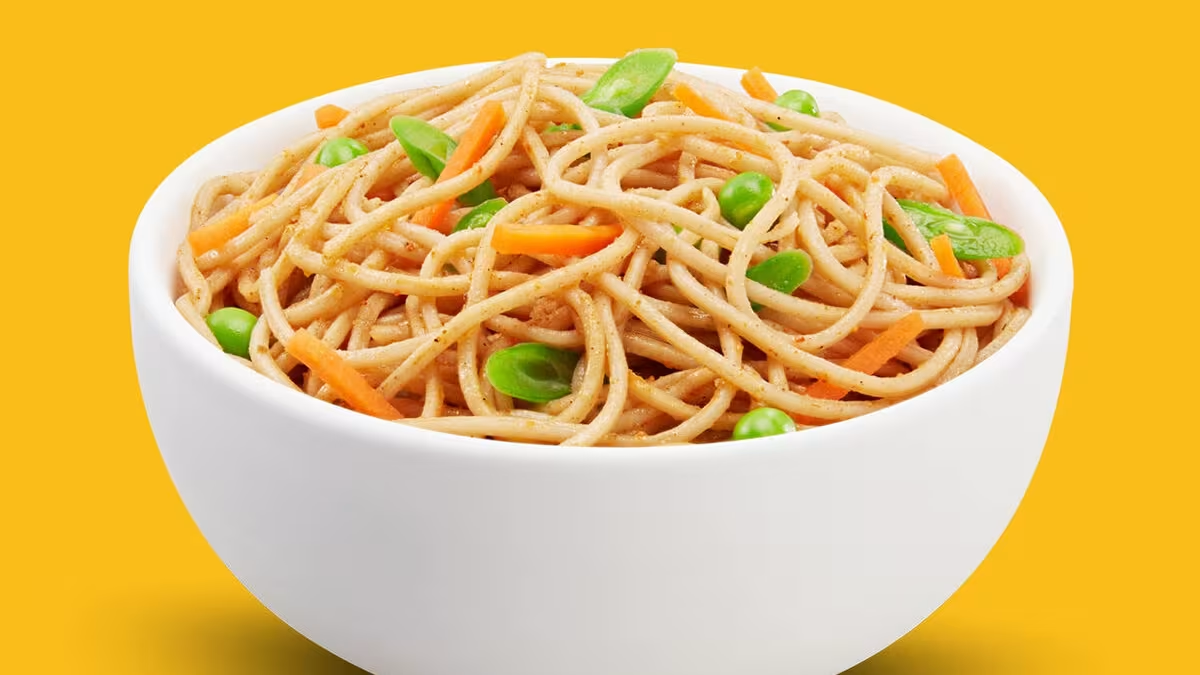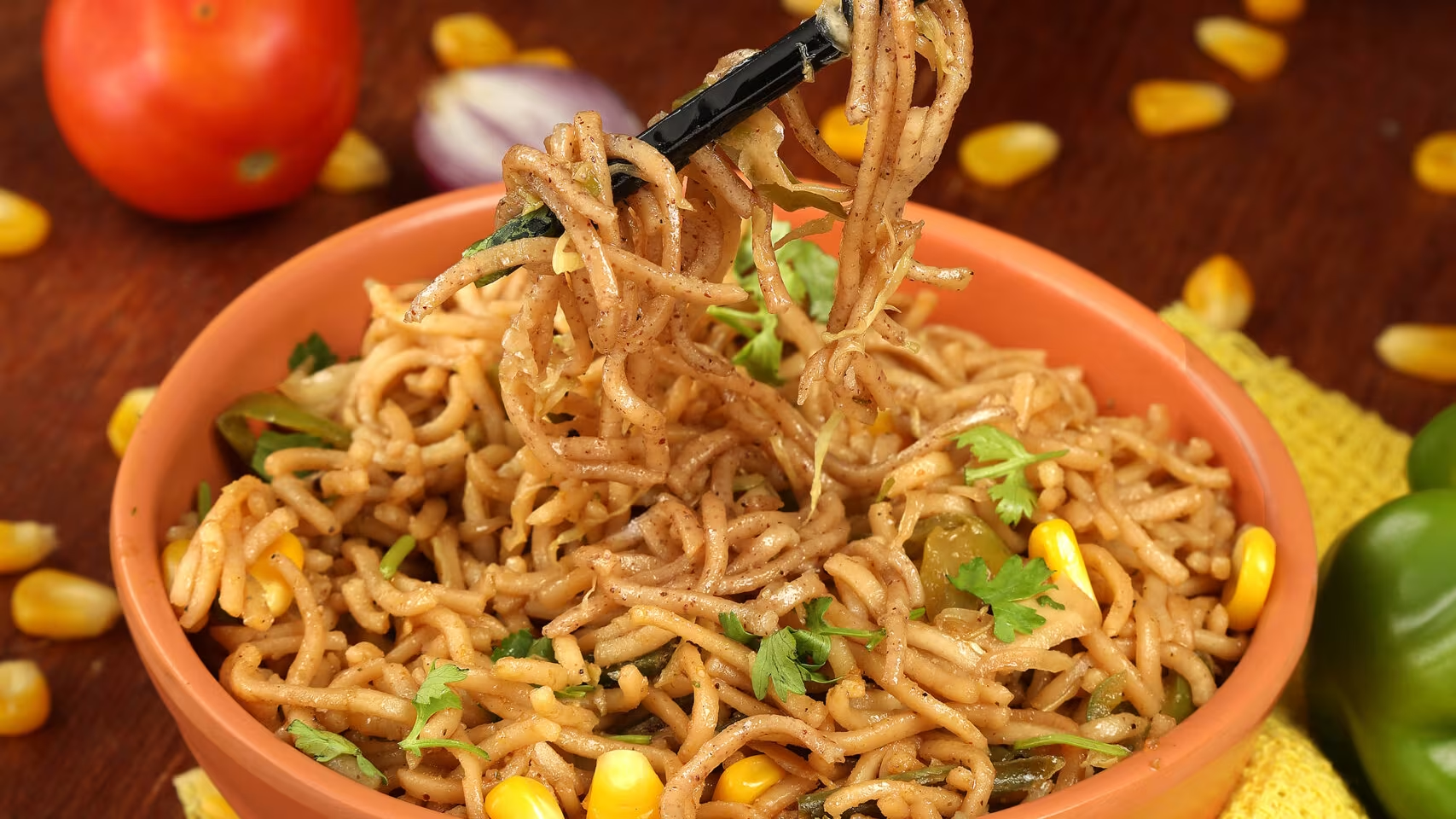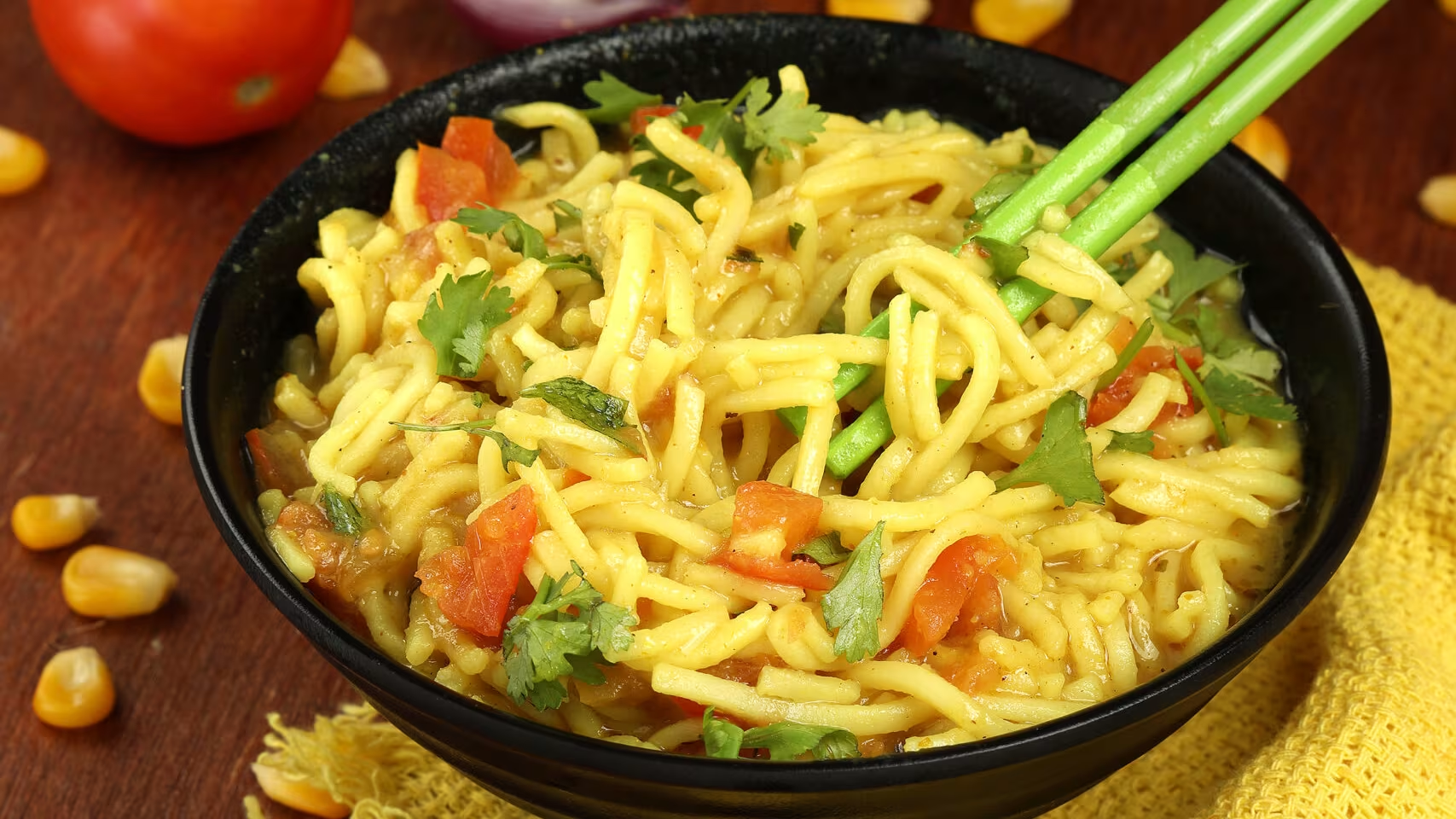
Delicious and Nutritious Millet Noodles Recipe for a Healthy Meal
Written by Jessica Lopez
Published at 22-12-2022
Edited on 03/25/2025 | 07:18 AM
Pasta DishesCourse: Main Course
Cuisine: Asian
Difficulty: Easy
Servings
4 servings
Prep Time
15 minutes
Cooking Time
10 minutes
Total Time
25 minutes
Fat
6g
Protein
8g
Carbs
40g
Calories
250 kcal
Are you looking for a nutritious and delicious alternative to traditional pasta? Look no further! Our millet noodles recipe is the perfect solution for those who want a wholesome meal without sacrificing flavor. Millet is an ancient grain that is gluten-free, high in protein, and packed with essential nutrients. This makes it a fantastic choice for everyone, including those with dietary restrictions.
Plus, millet has a mild, nutty flavor that pairs beautifully with a variety of sauces and toppings. In this simple yet scrumptious recipe, we’ll guide you through the steps to make your own millet noodles from scratch. Not only will you impress your friends and family with your culinary skills, but you’ll also enjoy a dish that is both satisfying and good for you. Whether you’re a busy parent looking to whip up a quick weeknight dinner or a health-conscious foodie exploring new ingredients, millet noodles are a versatile and easy option. You can enjoy them in stir-fries, salads, or paired with your favorite sauce.
The best part? Making millet noodles is easier than you might think! With just a few ingredients and minimal effort, you’ll have a delicious homemade meal that is sure to please. So, roll up your sleeves and let’s embark on this culinary adventure together. Your taste buds will thank you, and your body will appreciate the wholesome goodness of this millet noodles recipe.
Get ready to savor each bite and discover a new favorite dish!.


